
Retro-Spective: The Remarkable Return of Rock Man - Article
by Gordon Bryant , posted on 22 July 2013 / 3,238 ViewsSo here it is. One of those games that everyone has played or at least heard of. It's the sequel to one of the most popular retro games of all time and manages to outdo its predecessor in virtually every way to become the most popular game in its entire franchise, bar none. Mega Man 2 was the first game I ever labelled as my all time favorite and, at the age of 4, it was the first game I mastered. To-date, Mega Man 2 is also the game I've beaten more times than any other. Since re-purchasing it on the Wii U virtual console a few weeks ago, I've gone back and beaten it another dozen times, and I still return to it every couple weeks just for a quick, easy, and nostalgic burst of gaming. The reputation of a game I hold in such high regard has to be tainted by nostalgia, but what is it that really keeps me coming back? Well, to be honest, I don't think there's any nostalgia influencing my love of this one. Mega Man 2 is as good a game today as it ever was, unlike its predecessor, and it's more memorable than its successors.
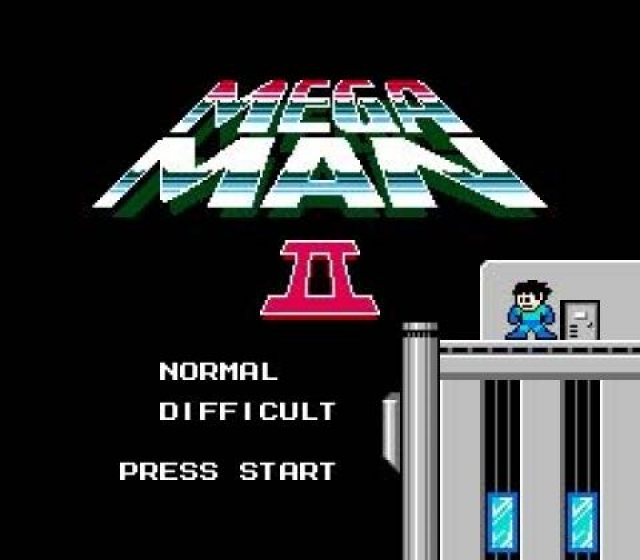
Mega Man 2 is one of the best sequels of all time. In fact, I'd argue it's near perfect. It took everything good about the original, added more to it, made it better, and elaborated on it while also fixing virtually everything wrong at the same time. Instead of six robot masters, there were eight. Instead of one special item that you were never told about (the magnet beam), you got three and the game also told you every time you acquired one. Cheap moments are reduced to an absolute minimum and even they can be bested with a bit of memorisation and a few repeat attempts. There are more health and item drops. The robot master weapons are more accessible and useful. And, above all else, the music is elevated from 'pretty good' to 'one of the best game soundtracks in the history of the medium'. Every one of those points is why I love Mega Man 2, especially that last one; I still find myself randomly humming the theme to... well, pretty much every robot master and wily stage.
Even the cheapest deaths can be predicted and avoided if you've played through a level often enough to memorize it. Take, for example, Quick Man's stage. In this level, you descend down a series of vertical tunnels and, as you fall from level to level, a bunch of giant yellow lasers slowly spread from one side of the screen to the other, with the level design deciding where the lasers stop and thus when you are safe. There is absolutely no way short of absolute luck to get through this stage on your first try. The level is designed so that you almost certainly will die, and even with two decades of practice I still occasionally get caught in an unavoidable death knell, but that's not to say the deaths are unfair. Punishing, yes, but the level is short enough that dying doesn't really frustrate too much, and the beams are always the same, so it's a matter of memorization. There are no random factors or alternate beam orders, so as long as you know what you're doing, you can easily make it through without dying. The same can be said for other instant-death spike traps such as in Bubble Man's stage and the wily stages. Some of the traps are hard to avoid, but you should only die once or twice before figuring it out, and like its predecessor, that's just how games were developed back then.
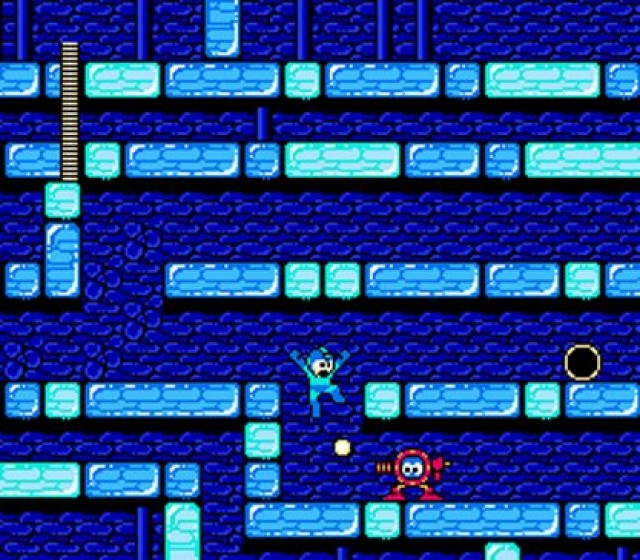
End bosses are similarly tough without being unfair. Some of the more active robot masters can seem hectic and even random, such as Metal Man or Crash Man, who constantly jump from side to side whilst throwing stuff at you, but even they have a pattern. Metal Man will jump to the other side of the screen when you get too close and that's easy to manipulate by jumping towards him and shooting, catching him in mid-air, then jumping back towards him once he lands to keep him from staying in one place for too long, meaning you can keep him focused on moving away from you so he doesn't get any real offence in. Crash Man can be similarly manipulated into a perfect, never-get-hit run. This robot master is constantly going back and forth, and only jumps when you shoot, so the best way to hit him is to jump up, and on your descent, shoot just over his head. He will then jump into the shot, shooting a crash bomb directly at you. As long as you move to the side quickly, the explosion will miss you and you'll be safe. Bubble Man's jumps and bubbles can be easily avoided by not shooting at him while jumping yourself, Wood Man's leaf shield and falling leaves are hard to avoid but still avoidable, and so on. Tough but fair is a running theme in Mega Man 2, unlike the first game which had unavoidable boss attacks and enemies with random behaviour.
The only boss robots with movements and attacks that seem to be random or unavoidable are Air Man and Quick Man, and neither are truly unfair since the enemies take a decent amount of damage with each hit regardless of whether you're using your buster or an acquired weapon. Air Man's tornado barrage is random, and sometimes they are shot right at you so you can't avoid them, but most of the time they are not. You will get hit, unless you get lucky. There's a similar pattern – or lack thereof – with Quick Man. I've played against him countless and attempted to see if I could manipulate him or notice any sort of a pattern, to no avail. Jumping seems to encourage him to jump sometimes, but there's no consistency with it so it's apparently impossible to predict his actions. Even using Flash Man's ability to freeze him and kill him quickly doesn't kill him. It's imperfect, but it's really the only major complaint I can think of after all these years.

A more minor criticism is related to the infamous Metal Blade. Metal Man is fairly easy to kill if you know his patterns, and the weapon you take from him is so strong that half of the bosses in the game are vulnerable to it. Not to mention you can throw it in eight directions, making it the ultimate weapon, with no limits or weaknesses. Many of the more well-versed Mega Man fans I know tend to use this weapon throughout, decimating everything in their path. Even on the harder modes, the Metal Blade makes Mega Man 2 far too easy, assuming you know enough to use it.
The gameplay is good, the balance is great, and it improved everything that worked in the first game, but the biggest improvement came in the form of improved audio. The score, soundtrack, and sound effects are all significantly better. Mega Man 2 has one of the all time great video game scores; nearly every single track is a memorable, multi-layered gem. Right from the opening theme that establishes the hero's introduction to the very last level that is strikingly devoid of audio aside from the dripping of what I presume is either blood or acid, there isn't a single track that grates the nerves or tests one's patience. The score is so well designed that it was the subject of Duane and Brand-O's finest and most popular work. Notable standout tracks include in Crash Man and Flash Man's stages, which are so hummable, so memorable, and so groovy it's hard not to like them. However, I feel the most powerful use of audio in the game is in the final Wily stage. This is the aforementioned level without a theme playing in the background; all you hear are the sound effects of Mega Man's jumping and the drips of a mystery fluid in the cave. It makes for a superbly stark contrast with the loud and powerful music of the final boss fight. This is a game that hit all the right notes. I could – and I admit I would like to – talk about each and every aspect of the audio in Mega Man 2, but it's just one of those things you really have to experience for yourself.
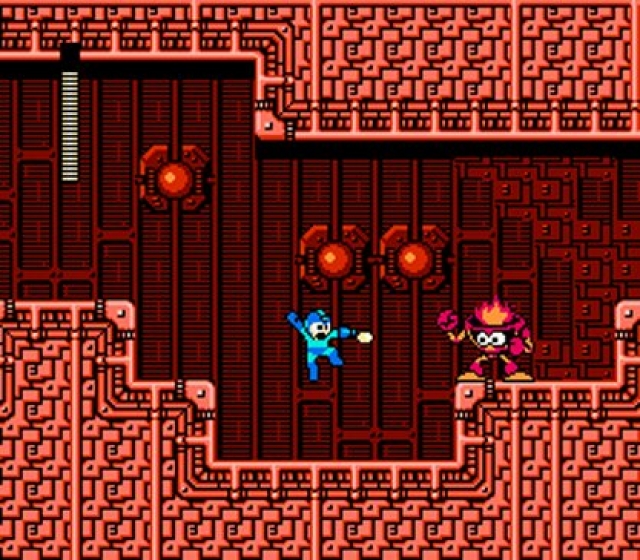
One thing I haven't mentioned at length is the graphics, and that's because there's really not much to say. Outside of the change of health and special drops, the graphics between Mega Man 1-6 are practically identical. There is a flicker of too much going on on-screen at some points in the game, but aside from that, no technical issues arise.
Mega Man 2 is a bona fide classic. The first was a landmark in gaming history, but it hasn't held up nearly as well; where the first failed, the second compensated, and where the first succeeded, the second evolved. There was no revolution, no game-changing alteration to the formula, but Mega Man 9 shows that Mega Man 2 really was the pinnacle of the series by emulating it in virtually every way. It was longer, had more robot masters, better Wily stages, and the best soundtrack in the series. Some flaws persist, but this truly is a classic for the ages. Just ignore the silly, terrible box art that's only a fraction better than the joke that was the boxart for the original.









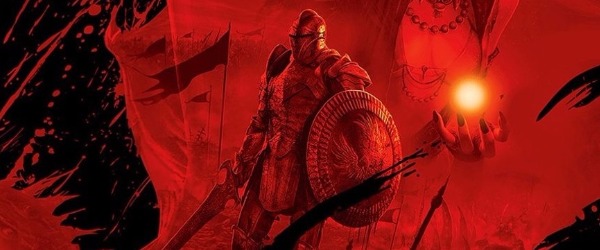

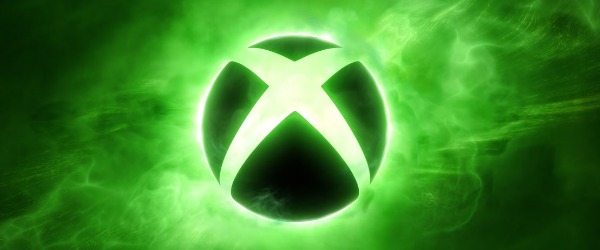










 Essay Pro
Essay Pro